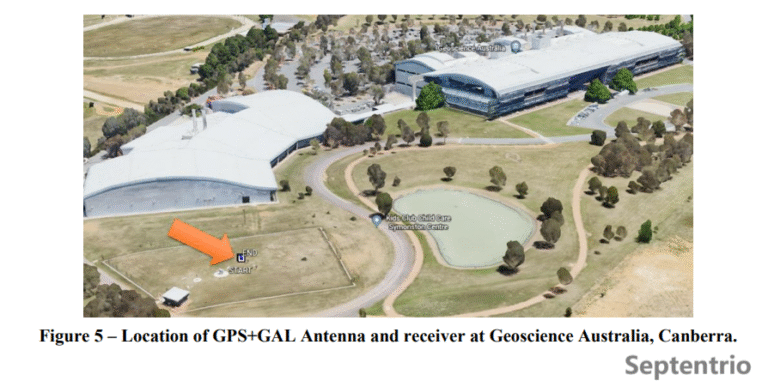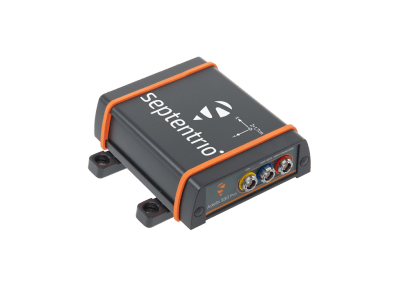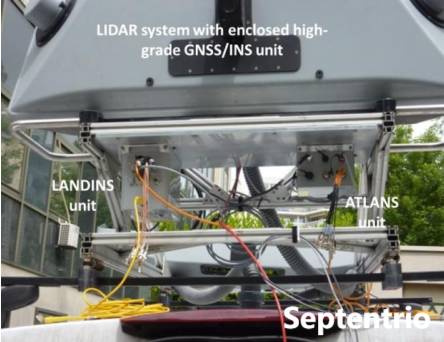Septentrio Resilient GNSS Receivers Redefine High-Precision Positioning Through SBAS and PPP Innovation

Today, with the rapid development of satellite navigation technology, Septentrio, as a leading enterprise in the field of global high-precision GNSS receivers, continuously pushes the boundaries of positioning accuracy with its outstanding technical strength and innovation ability. Through participating in the Australia-New Zealand SBAS(Satellite-Based Augmentation System) test platform project, Septentrio’s Resilient GNSS receivers have demonstrated industry-leading performance in dual-frequency multi-constellation(DFMC) and real-time precise point positioning(PPP) technologies, providing reliable technical support for key fields such as aviation, mapping, and autonomous driving.
In the Australia-New Zealand SBAS test, the Resilient GNSS receivers of Septentrio (such as PolaRx5 and AsteRx-U Resilient GNSS board) achieved sub-meter high-precision positioning by supporting L1/L5 dual-frequency signals and GPS+Galileo multi-constellation fusion. The test data shows: 1. Horizontal accuracy: In the GPS+Galileo DFMC mode, the 95% confidence error is ≤ 0.6 meters; 2. Vertical accuracy: It is improved by 30% compared to the traditional single-frequency SBAS and is stable within 1 meter; 3. Service availability: The vertical protection level(VPL) meets the aviation LPV-200 standard and approaches the requirements of CAT-I automatic landing. This breakthrough is attributed to Septentrio receiver’s unique Adaptive Posterior Multipath Mitigation Technology(APME+) and Anti Jamming GNSS algorithms. By filtering out short-delay multipath effects in real time, even in complex urban environments(such as the test point in Kanagawa, Japan), positioning stability can still be maintained. In addition, its Resilient GNSS receivers support full-band signal tracking(L1/L2/L5/L6), and are compatible with the world’s four major satellite systems such as GPS, Galileo, GLONASS, and Beidou, ensuring global coverage and high reliability.

For the classic models mentioned in the paper(such as Septentrio PolaRx5 and AsteRx-U Resilient GNSS board), Septentrio has launched a new generation of high-precision modules and orientation solutions to further enhance performance and applicability: the mosaic series: mosaic-x5: a multi-frequency and multi-constellation Resilient GNSS receiver that supports PPP-RTK technology, suitable for precision agriculture and marine mapping, and can achieve real-time decimeter-level accuracy in areas without base stations.
Through the Australia-New Zealand test platform, Septentrio verified the feasibility of integrating SBAS and PPP technologies. Its Anti Jamming GNSS receivers can decode the PPP correction data broadcast by GEO satellites while receiving SBAS enhanced signals, achieving global coverage PPP corrections through SBAS L5 signals without the need for ground stations, and improving the horizontal accuracy to the 5-cm level(RMS).
Combined with the Galileo E6 band encrypted signal and the GPS L2P military frequency band, the Anti Jamming GNSS ability is significantly enhanced, which is suitable for border security and emergency communications. This technology has been integrated into Septentrio’s RTK+PPP hybrid algorithm, and users can seamlessly switch between Real-Time Kinematic(RTK) and PPP modes according to scene requirements, taking into account both efficiency and accuracy.

Septentrio has always focused on technological innovation as the core and promotes the evolution of GNSS technology through global cooperation(such as joint research and development with GMV, the European Space Agency, etc.). Whether it is dual-frequency multi-constellation support, Anti Jamming GNSS design, or the PPP-RTK fusion algorithm, Septentrio receiver’s products not only meet current needs but also reserve future upgrade space with an open architecture.
#Septentrio#High-precision module#RTK#Anti-interference GNSS
#Anti-spoofing GNSS#Positioning module #Mosaic #Heading modul






